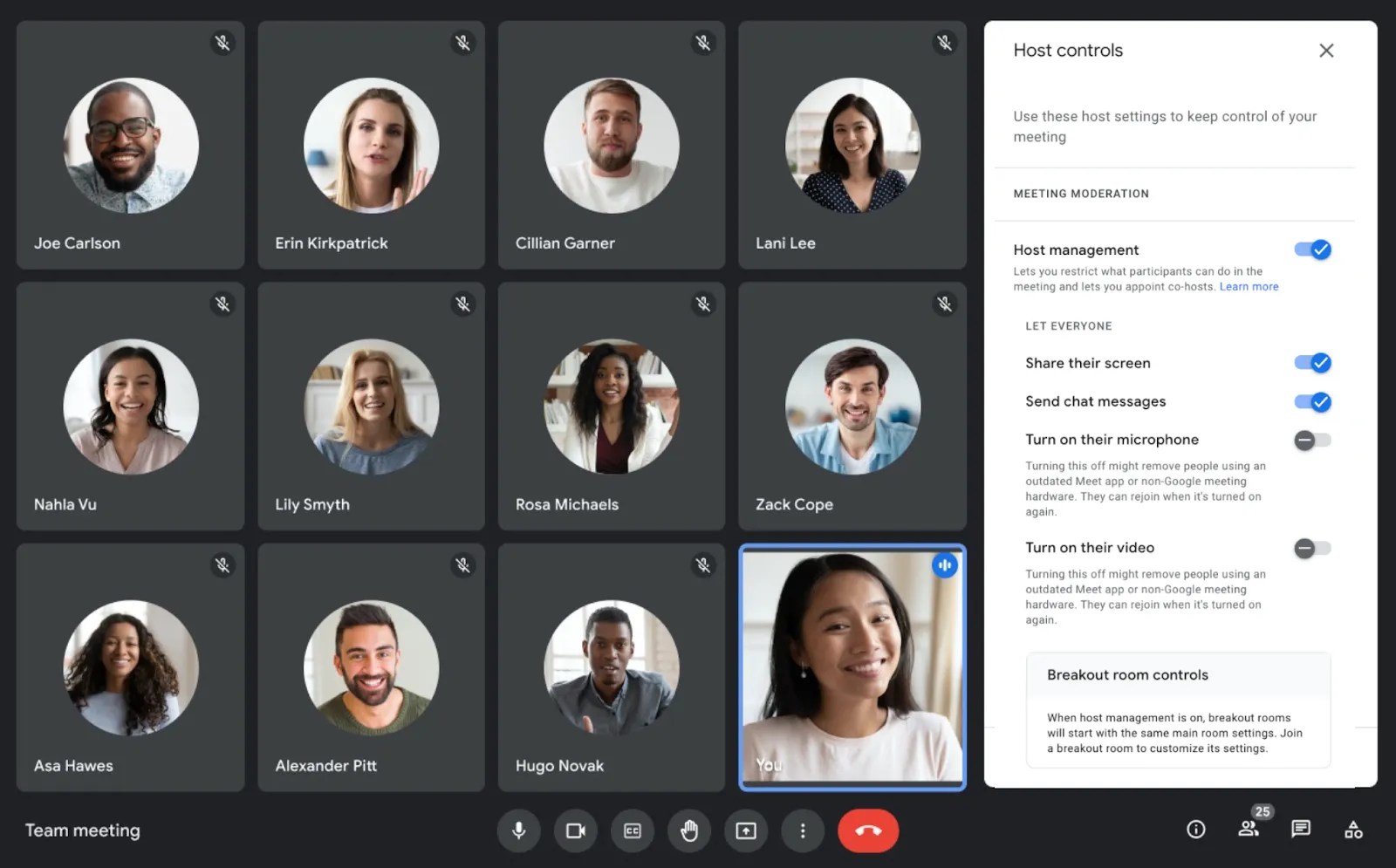Meetings can be a great way to collaborate and share ideas, but sometimes there is that one person who just won't stop talking. It's important to ensure that all voices are heard in a meeting, but it's also crucial to keep things on track and make sure everyone has a chance to contribute. Here are some strategies on how to politely and effectively shut someone up in a meeting.
1. Set an agenda: Before the meeting starts, make sure to set a clear agenda and timeline. This will help keep the discussion focused and prevent one person from dominating the conversation.
2. Use non-verbal cues: If someone is talking for too long, you can use non-verbal cues such as making eye contact with other participants, nodding your head, or gently interrupting with a hand gesture to signal that it's time to move on.
3. Redirect the conversation: If someone is going off on a tangent or monopolizing the discussion, you can politely redirect the conversation back to the main topic. You can say something like, "That's an interesting point, but let's circle back to the main issue we're discussing."
4. Encourage others to speak up: If one person is dominating the conversation, make a conscious effort to ask for input from other participants. You can say something like, "I'd love to hear what others think about this topic. Does anyone else have any thoughts to share?"
5. Set time limits: To ensure that everyone has a chance to speak, you can set time limits for each agenda item or discussion topic. Let participants know in advance how much time they have to present their ideas, and stick to the schedule.
6. Be assertive: If someone continues to talk over others or ignore your attempts to redirect the conversation, it may be necessary to be more assertive. You can politely but firmly say, "I appreciate your input, but we need to hear from others as well. Let's give someone else a chance to speak."
7. Take a break: If all else fails and someone is still dominating the conversation, you can suggest taking a short break. This will give everyone a chance to regroup, and it can help reset the dynamics of the meeting.
8. Address the issue privately: If someone consistently monopolizes meetings, it may be necessary to address the issue privately. Schedule a one-on-one meeting with the individual to discuss their behavior and find a solution that works for everyone.
9. Use humor: Sometimes using humor can be an effective way to lighten the mood and gently shut someone up. You can make a lighthearted comment like, "I think we've heard enough from you for now. Let's hear from someone else."
10. Practice active listening: Finally, it's important to practice active listening during meetings. Show that you value everyone's input by actively listening to what they have to say. This can create a more inclusive and collaborative meeting environment.
By using these strategies, you can effectively manage discussions in meetings and ensure that everyone has a chance to contribute. Remember that it's important to strike a balance between encouraging participation and keeping the conversation on track. With a little tact and assertiveness, you can successfully shut someone up in a meeting without causing conflict.
New Zealand's Famous Rugby Siblings
Which Is The Best Cruise?
French Fry Trivia Questions And Answers


